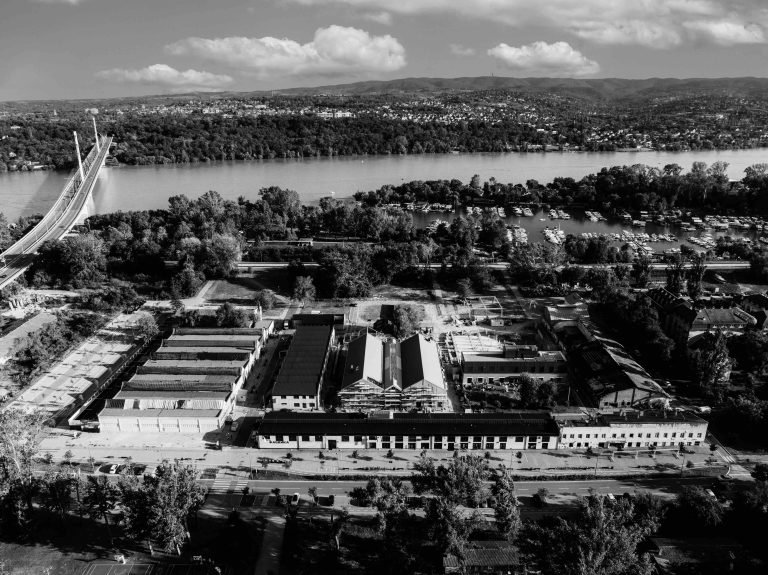At one of the highest peaks of Fruška Gora, for 70 years now, stands the Freedom Monument, an imposing artwork by sculptor Sreten Stojanović, that has been attracting the attention of anyone who visits the first-ever national park in Serbia.
The monument is placed at Iriški Venac, around 20 kilometres from Novi Sad. It consists of a tall obelisk at whose top is a woman symbolizing Freedom, while at the bottom there are sculptures of a group of partisans, as well as reliefs with the history of partisans from Srem written on them. This monument was built in 1951, in honour of the fallen soldiers, and it represents the symbol of the Axis occupation of Vojvodina.
The location of the monument wasn’t accidental – in these areas in 1941 the first guerrilla unit in the occupied Srem was formed – the Fruška Gora Partisan Detachment, while Fruška Gora was the biggest meeting point of partisans during the Second World War.
The author of the Freedom Monument, Sreten Stojanović, is known for his works in the period after the Second World War, done using the styles of socialist realism. His brother, doctor Mladen Stojanović, was one of the close associates of Josip Broz Tito and a national hero who died in the Axis occupation in 1942.
– The most difficult part is staying true to your character. Our revolution was original, so naturally, our art has to be original too. It confuses people. It’s easier to look up to someone, support them, it’s easier to make art if someone has already paved the way for you and set certain patterns. But we have to seek out our own character, the character of our country and our people. Nothing sweet and flashy, no pretence and deception, no banality. Our people are rough and raw, but noble as well. Our people understand art. Simpleness comes first. Whoever is the truest version of themselves and contributes with as much of the character of our country as possible, will give the greatest gift to the revolution, and art! – said Sreten Stojanović in conversation with Borba, a newspaper from Zagreb, a year after the revelation of the Freedom Monument, which Tito visited in 1969.
At Fruška Gora, as well as in Novi Sad and its surroundings, many monuments have been erected in memory of the anti-fascist struggle. Victory Day, 9 May, is an important day for the city, and so is Europe Day, a holiday celebrated also on 9 May. Both holidays celebrate the values lying in the core of our city – tolerance, multiculturality and unity.
Take a look at the photos of the Freedom Monument:
Photo: Jelena Ivanović







